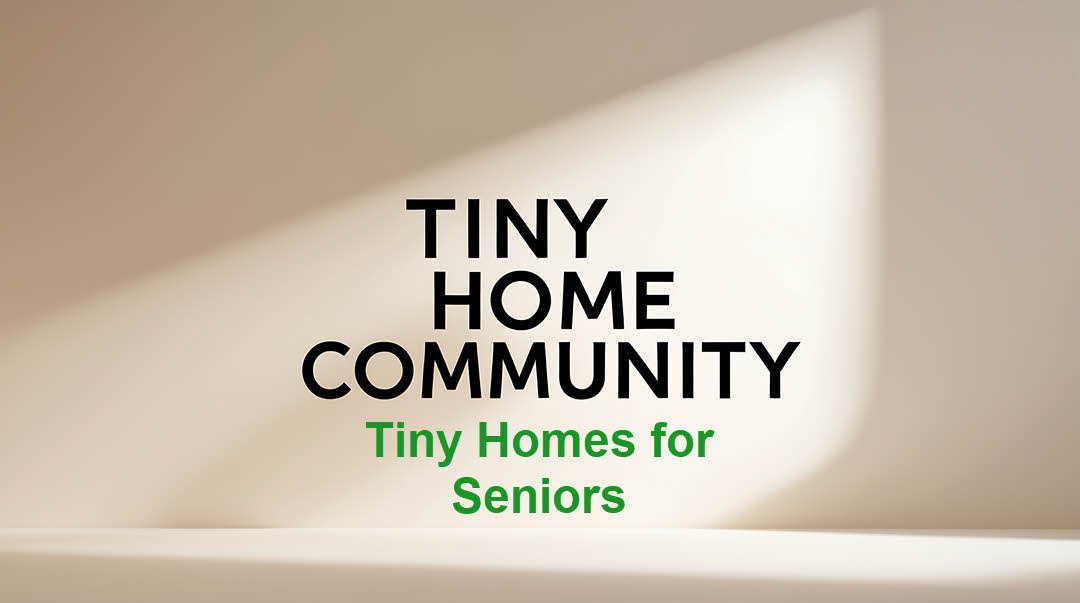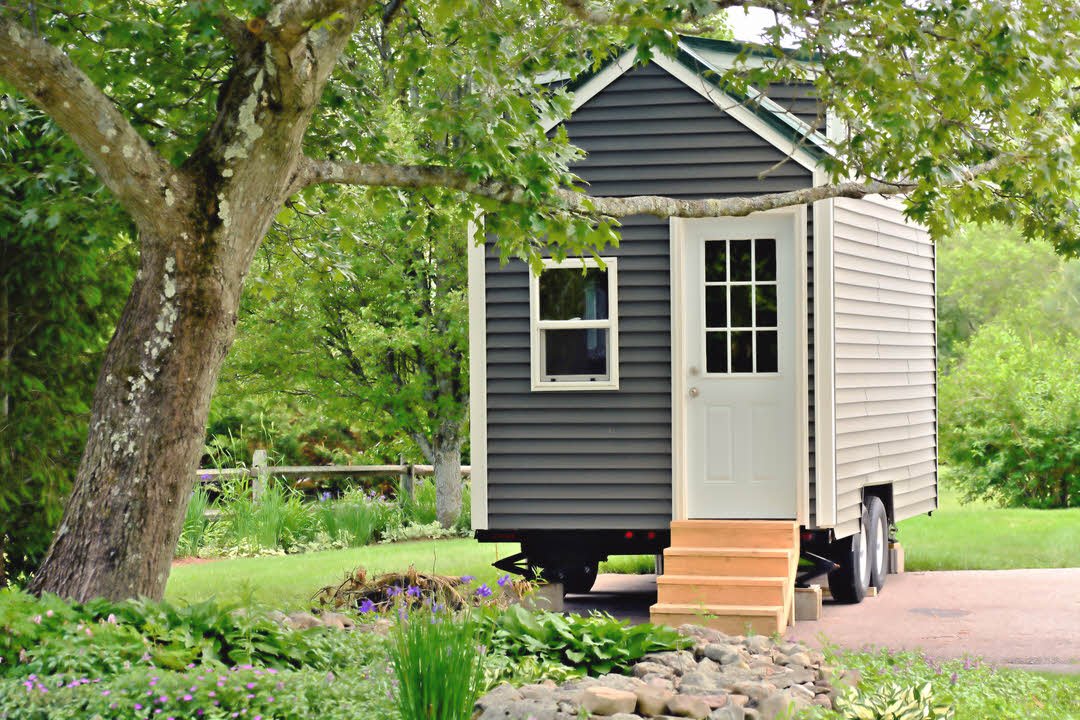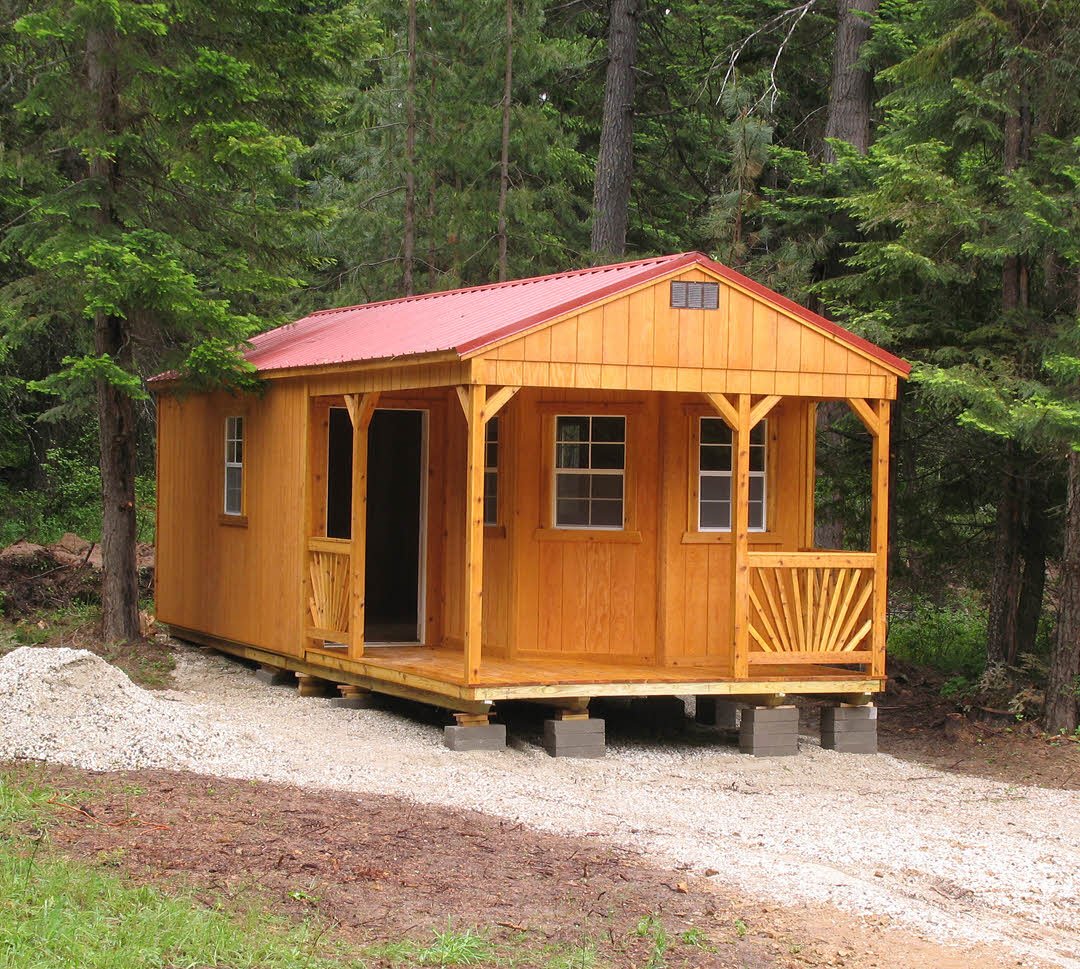
As retirement approaches, many seniors begin to reevaluate their living situations. With the growing popularity of minimalist lifestyles and affordable housing alternatives, tiny houses have become a compelling option.
These compact dwellings—typically between 100 and 400 square feet—offer a simplified lifestyle that can be especially appealing for those looking to downsize, reduce expenses, or live more sustainably.
However, while tiny houses present numerous advantages, they also come with challenges that seniors should consider carefully before making the leap.
Here’s a balanced look at the pros and cons of living in a tiny house for seniors.
Pros
1. Affordability
One of the biggest draws of tiny houses is the cost. Traditional homes can be expensive to purchase, maintain, and heat or cool, especially on a fixed retirement income. Tiny homes typically cost much less to build or buy, and utility costs are significantly lower.
With fewer expenses, many seniors find they can stretch their retirement savings further, avoid mortgages, and potentially live debt-free.
This has the added benefit of reducing stress, and stress can significantly decrease the quality of life.
2. Simplicity and Minimalism
Most people accumulate a lot of belongings over time. Downsizing to a tiny house forces a reassessment of what is truly necessary.
Many seniors find this liberating. With fewer possessions, less space to clean, and no unnecessary clutter, life becomes more manageable and less stressful. Detaching from years of accumulated items and focusing on what matters most can also be emotionally freeing.
3. Mobility and Flexibility
Many tiny homes are built on trailers, making them mobile. This can be an exciting option for seniors who want to travel or relocate without selling and repurchasing property. It allows them to visit family members in different states, escape harsh winters, or perhaps settle closer to healthcare providers when needed.
4. Eco-Friendly Living
Tiny homes typically require fewer resources to build and maintain, and they often use energy-efficient systems like composting toilets, solar panels, or tankless water heaters. For environmentally conscious seniors, this sustainable way of living aligns with the values of conservation and responsible resource use.
5. Increased Independence
For some seniors, the desire to age in place and maintain autonomy is paramount. A well-designed tiny house can offer a private, independent living space without the burden of a large property.
In some cases, tiny houses are placed in the backyards of family homes, providing a “granny pod” arrangement that allows seniors to live independently but stay close to loved ones.

Cons
1. Limited Space and Accessibility
The compact nature of tiny homes can pose mobility challenges, especially for seniors with arthritis, balance issues, or other physical limitations.
Many tiny homes include lofted sleeping areas accessed by ladders or narrow staircases, which may be difficult or dangerous for older adults. Even single-level designs can have cramped bathrooms or limited maneuvering space for mobility aids like walkers or wheelchairs.
A thoughtful floor plan and design can help reduce the negative aspects of a tiny home, but consider this issue carefully.
2. Zoning and Legal Restrictions
Not all municipalities welcome tiny homes. Local zoning laws, building codes, and regulations can make finding a legal place to park or build a tiny house difficult. Seniors looking to downsize may face unexpected red tape or limited options for permanent residency.
3. Lack of Storage and Privacy
While the minimalist lifestyle appeals to some, others may struggle with the reduced storage space. Sentimental items, seasonal clothing, or hobbies that require supplies may be hard to accommodate.
In addition, a tiny house’s small footprint can feel claustrophobic, especially if it’s shared with a partner or pet.
4. Limited Healthcare Access
Although tiny houses may offer flexibility in where you live, rural or isolated placements can make access to medical care difficult. For seniors with ongoing health concerns, being far from clinics or hospitals can be a significant drawback. While telemedicine is growing, it can’t always replace in-person visits or emergency services.
5. Resale and Investment Risks
Tiny houses often don’t appreciate in value the same way traditional homes do. In fact, some depreciate like vehicles, especially mobile tiny homes. For seniors hoping to preserve equity or leave an asset to their heirs, a tiny house may not be the best financial investment.

Conclusion
Tiny houses can offer seniors a path to simpler, more affordable, and independent living, aligning with downsizing and aging in place goals. However, they also come with limitations, particularly regarding accessibility, zoning, and long-term comfort.
Before making the move, it’s essential to honestly assess your health, mobility, lifestyle needs, and financial goals. Touring different models, consulting with designers specializing in accessible tiny homes, and researching local laws can help make an informed decision.
For some, a tiny house is the perfect retirement sanctuary. For others, it may serve better as a vacation property or a temporary solution. Like all housing choices, the key is to match your living environment with your evolving needs and aspirations.
You may want to take our Tiny Homes Lifestyle Quiz. This quiz may help you make a better and more informed decision.
